Both Macron and Madonna have expressed concerns about genetic privacy. As DNA collection and sequencing becomes increasingly commonplace, what may seem paranoid may instead be prescient.
Get the latest international news and world events from around the world.
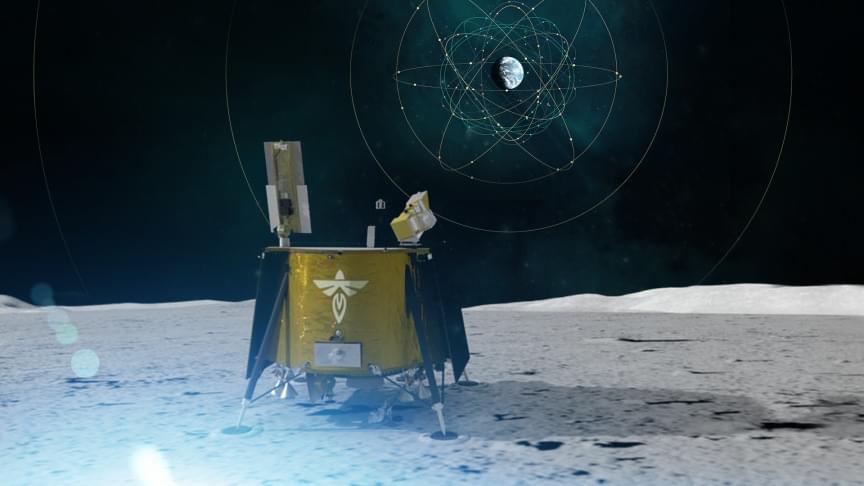
NASA will destroy a GPS navigation record with its upcoming moon mission
GPS might rely on satellites to function on Earth, but its use in space is a little trickier.
NASA is preparing to test a new lunar navigation system that will connect to the Earth’s Global Navigation Satellite System (GNSS) from the moon, a report from the space agency explains.
The unprecedented mission will break a record for the most distant connection to GPS at roughly 238,000 miles from Earth’s surface. It will be delivered to the moon for testing by Firefly Aerospace’s Blue Ghost lander no earlier than 2024, NASA says.

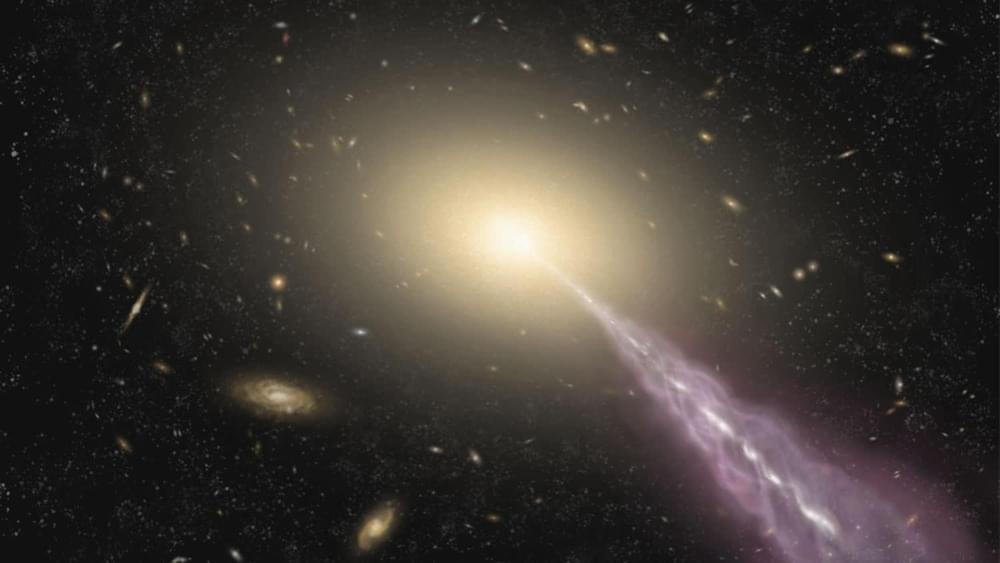
High contrast imaging revealed an unknown structure in the galaxy
A team of astronomers in Japan, for the first time, discovered a faint radio emission covering a giant galaxy as a result of achieving high imaging dynamic range. Radio emission is emitted by the gas created directly by the central black hole.
Using the same technique to additional quasars, the team hopes to learn more about how a black hole interacts with its host galaxy.
Using the Atacama Large Millimeter/submillimeter Array in Chile (ALMA), astronomers targeted the quasar 3C 273, which lies at 2.4 billion light-years from Earth. It is the first quasar ever discovered, the brightest, and the best studied. However, much less has been known about its host galaxy itself because combining the faint and diffuse galaxy with the 3C273 nucleus required such high dynamic ranges to detect.
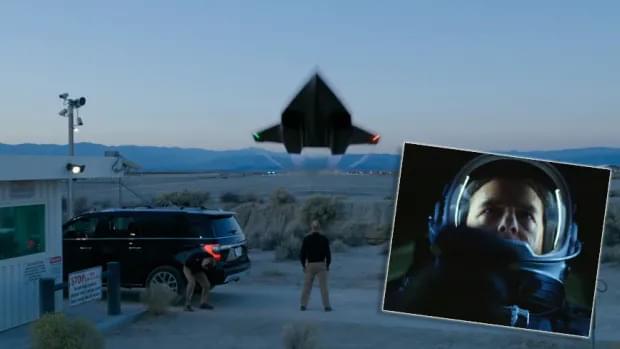
Exploring the Role of Art in Advancing Space Exploration
Dear SRI Friends and Supporters.
You are warmly invited to follow **Aldo Spadoni, President and Chairman of the Board of Trustees of the International Association of Astronomical Artists (IAAA),** next Monday June 6th, 19:00 UTC, discussing the role of art in space exploration and humanity expansion into outer space.
Here’s the link for the livestream, on the Space Renaissance Youtube channel:
If you will like what you see, please subscribe to the channel!
Also, click ‘going’ on the Facebook event.
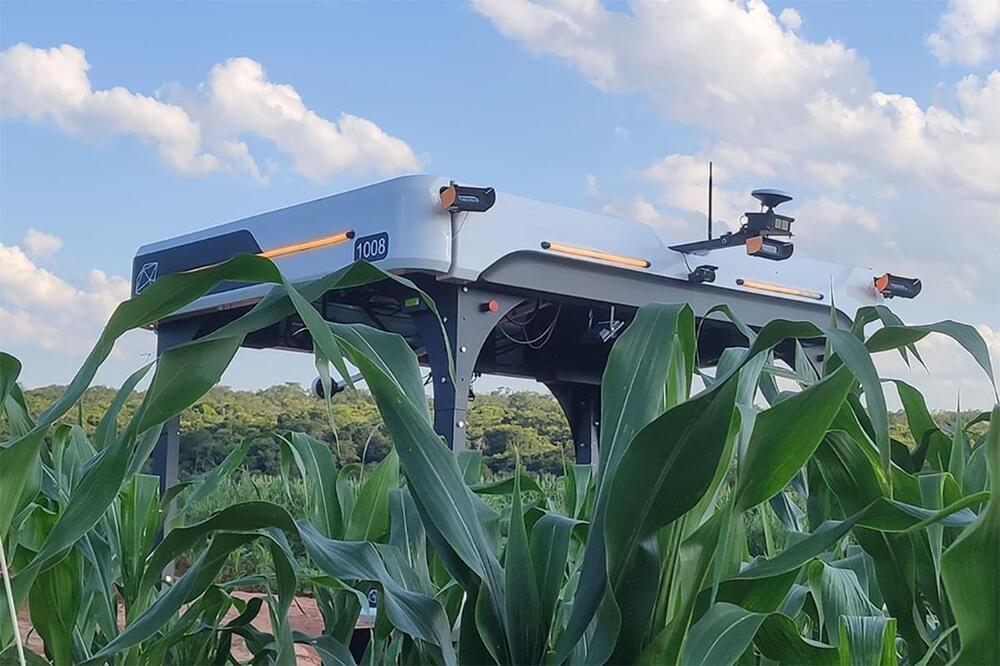
Solinftec expands its new cutting edge AgTech robot in Canada
Canadian agri-tech company Solinftec has announced that it will expand the launch of its new cutting-edge AgTech robotic platform, Solix Ag Robotics, into Canada in partnership with Stone Farms and the University of Saskatchewan. The new robot is state-of-art technology built to scan and monitor fields providing detailed real-time data.
Solinftec’s new technology aims to provide farmers and agronomists with a new level of information to increase yields, improve the usage of inputs, lower environmental impact, and support the global demand for food supply. The robot should be commercially available for use in wheat crops in time for next year’s growing season.
Solinftec’s Solix Ag Robot will autonomously move back and forth through farmers’ fields on four wheels. It will use onboard cameras and other sensors – along with AI-based software – to check the health of plants and assess their nutritional content. Solix Ag is integrated with the company’s artificial intelligence platform, ALICE A.I. Programmed with a neurological network featuring a complex detection algorithm, the new in-field robotic device has the ability not only to scan for crop health and nutrition, insects, and weeds but is built to monitor the entire field ecosystem and provide real-time insights.

Beyond our ‘ape-brained meat sacks’: can transhumanism save our species?
Transhumanism is a movement that aims to address – or end – what Bohan calls the “tragedies of reality”: ageing, sickness and involuntary death. It is, she writes, “a philosophy and a project that aims to make us more than human”.
Whether we recognise or understand it, that project has already begun, she says, and it will transform our world – and minds and bodies – within our lifetimes. Not only is it happening, she says, but this transition is necessary if humanity is to survive in perpetuity.
For Bohan, it is no great to leap to imagine that a baby born in 2030 may have its entire genome mapped at birth, that data uploaded to a central health record and cross-referenced at any medical appointment throughout its life. It is no great stretch to think that AI will become the most powerful intellectual force of the century. That human consciousness might be transferred from our “meat sacks” (bodies) into a technological sphere. That the rise of AI and automation might render great swathes of human labour redundant, and that maybe – if we get it right – that could leave more time for leisure, big thinking, meditation, connection.
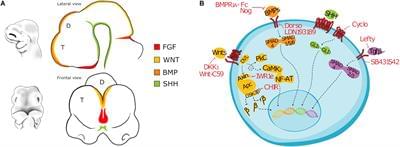
Pluripotent Stem Cells for Brain Repair: Protocols and Preclinical Applications in Cortical and Hippocampal Pathologies
Circa 2019 immortality in the human brain 🧠
Brain injuries causing chronic sensory or motor deficit, such as stroke, are among the leading causes of disability worldwide, according to the World Health Organization; furthermore, they carry heavy social and economic burdens due to decreased quality of life and need of assistance. Given the limited effectiveness of rehabilitation, novel therapeutic strategies are required to enhance functional recovery. Since cell-based approaches have emerged as an intriguing and promising strategy to promote brain repair, many efforts have been made to study the functional integration of neurons derived from pluripotent stem cells (PSCs), or fetal neurons, after grafting into the damaged host tissue. PSCs hold great promises for their clinical applications, such as cellular replacement of damaged neural tissues with autologous neurons. They also offer the possibility to create in vitro models to assess the efficacy of drugs and therapies. Notwithstanding these potential applications, PSC-derived transplanted neurons have to match the precise sub-type, positional and functional identity of the lesioned neural tissue. Thus, the requirement of highly specific and efficient differentiation protocols of PSCs in neurons with appropriate neural identity constitutes the main challenge limiting the clinical use of stem cells in the near future. In this Review, we discuss the recent advances in the derivation of telencephalic (cortical and hippocampal) neurons from PSCs, assessing specificity and efficiency of the differentiation protocols, with particular emphasis on the genetic and molecular characterization of PSC-derived neurons. Second, we address the remaining challenges for cellular replacement therapies in cortical brain injuries, focusing on electrophysiological properties, functional integration and therapeutic effects of the transplanted neurons.
Brain injuries represent a large variety of disabling pathologies. They may originate from different causes and affect distinct brain locations, leading to an enormous multiplicity of various symptoms ranging from cognitive deficits to sensorimotor disabilities. They can also result in secondary disturbances, such as epileptic foci, which occur within the lesioned and perilesional tissues (Herman, 2002). Indeed, frequently a secondary functional damage can take place in a region distant from the first insult (e.g., the hippocampus after traumatic brain injury), providing an explanation for cognitive and memory deficits arising after a brain lesion (Girgis et al., 2016). Brain injuries can have traumatic or non-traumatic etiologies, including focal brain lesions, anoxia, tumors, aneurysms, vascular malformations, encephalitis, meningitis and stroke (Teasell et al., 2007). In particular, stroke covers a vast majority of acquired brain lesions.

Researchers Just Set a New Record For Data Transmission Speed
Even if you’re enjoying gloriously fast broadband at home wherever you live in the world, you’re still going to be a long, long way behind the new record for data transmission: an incredible 1.02 petabits per second.
That’s a million gigabits shifted down a line every single second. The record was set by a team at the National Institute of Information and Communications Technology (NICT) in Japan, transmitting the data over 51.7 kilometers (32 miles).
To put it another way, there’s enough bandwidth here to transmit not just one 8K video feed, or a hundred or a thousand 8K video feeds, but 10 million 8K video feeds simultaneously. That’s a lot of Netflix.